-
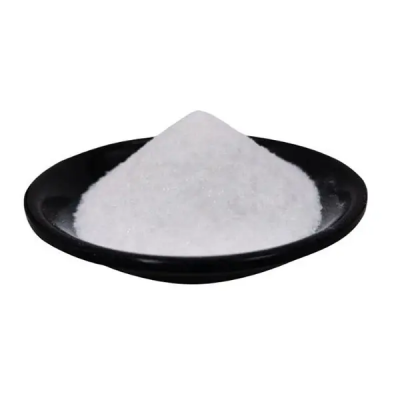
Potassium clavulanate CAS:61177-45-5
Potassium clavulanate is a β-lactamase inhibitor that is often combined with certain antibiotics to enhance their effectiveness against bacterial infections. It works by preventing the degradation of the antibiotic by bacterial enzymes, thereby extending the spectrum of activity and improving treatment outcomes. Potassium clavulanate is commonly used in combination products with antibiotics like amoxicillin to treat a variety of bacterial infections.
-

Retapamulin CAS:224452-66-8
Retapamulin is a topical antibiotic medication belonging to the pleuromutilin class of drugs. It is used for the treatment of bacterial skin infections, particularly impetigo caused by susceptible strains of Staphylococcus aureus and Streptococcus pyogenes. Retapamulin works by inhibiting bacterial protein synthesis, leading to the eradication of the infecting bacteria and resolution of the skin infection.
-

Staurosporine, streptomyces staurosporeus CAS:62996-74-1
Staurosporine is a natural product isolated from the bacterium Streptomyces staurosporeus. It is classified as a potent alkaloid with significant biological activity, particularly in inhibiting protein kinases and inducing cell apoptosis. Staurosporine has been extensively studied for its pharmacological properties, including its anti-cancer potential and its role as a research tool in cell signaling studies.
-
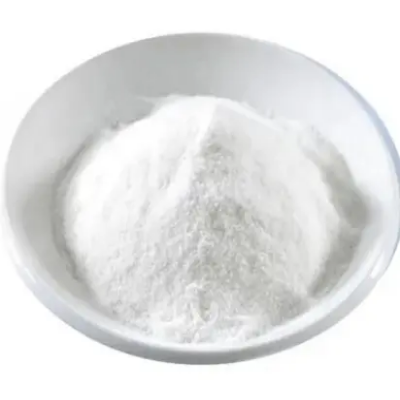
Phosphomycin disodium salt CAS:26016-99-9
Phosphomycin disodium salt is a broad-spectrum antibiotic used in the treatment of various bacterial infections. It belongs to the class of phosphonic acids and works by inhibiting bacterial cell wall synthesis. This white crystalline powder is highly water-soluble and is typically administered intravenously or orally. Phosphomycin disodium salt is known for its effectiveness against a wide range of gram-positive and gram-negative bacteria, making it a versatile choice for treating infections.
-
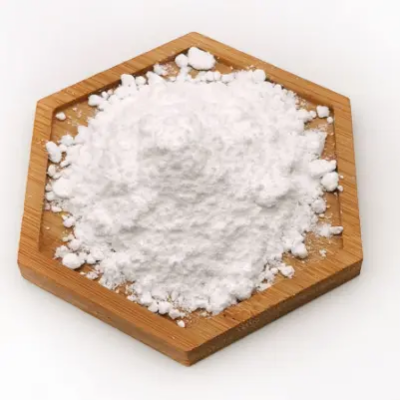
Phleomycin CAS:11006-33-0
Phleomycin is a potent antibiotic used in molecular biology research for the selection of cells containing a gene of interest. With a mechanism of action that involves DNA cleavage, Phleomycin is effective against a wide range of bacteria and has been widely used in various research applications. This antibiotic is commonly used in conjunction with other selection markers to create stable cell lines with desired genetic modifications. Phleomycin is available in both liquid and powder forms, making it versatile and convenient for different experimental setups. Researchers appreciate its high efficiency and reliability in selecting transformed cells, making it a valuable tool in genetic engineering studies.
-

Penicillin V potassium salt CAS:132-98-9
Penicillin V potassium salt is an oral antibiotic for treating bacterial infections. It contains penicillin V, the potassium salt form of phenoxymethylpenicillin. Penicillin V works by interfering with the synthesis of peptidoglycan in the bacterial cell wall. This weakens the cell wall and kills or prevents the growth of susceptible bacteria. It is available as tablets or suspensions that are taken orally for outpatient treatment of mild to moderate infections.
-
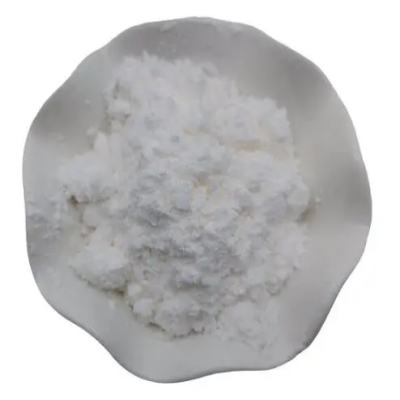
Penicillin G sodium salt (Benzylpenicillin sodium salt) CAS:69-57-8
Penicillin G sodium salt is an antibiotic comprised of penicillin G in its sodium salt form. It works by inhibiting the synthesis of peptidoglycan layers in bacterial cell walls, killing susceptible bacteria. Penicillin G sodium salt is available as white or almost white crystals or powder that must be reconstituted into solution prior to injection. It provides systemic delivery of penicillin G to treat bacterial infections.
-
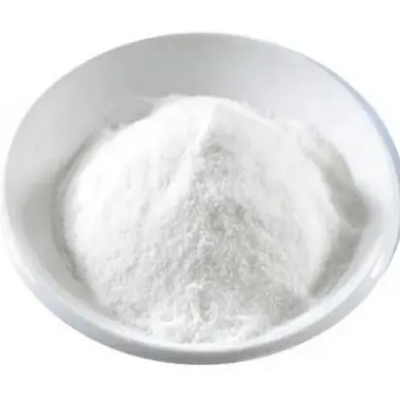
Penicillin G potassium salt (Benzylpenicillin potassium salt) CAS:113-98-4
Penicillin G potassium salt is an antibiotic used to treat bacterial infections. It contains penicillin G, the potassium salt form of benzylpenicillin. Penicillin G works by interfering with bacterial cell wall synthesis, which kills or prevents the growth of susceptible bacteria. It is available as white powder or crystals that are reconstituted for injection to deliver the antibiotic systemically. Once reconstituted, it must be used immediately.
-

Minocycline hydrochloride CAS:52-66-4
DL-Penicillamine is a potent chelating agent primarily used in the treatment of Wilson’s disease, rheumatoid arthritis, and cystinuria. As a derivative of penicillin, it exhibits remarkable efficacy in binding heavy metals, particularly copper, thus aiding in their excretion from the body. This pharmaceutical compound, available in various forms such as tablets and capsules, functions by disrupting the formation of copper-dependent enzymes, consequently reducing copper levels in tissues and preventing associated toxicities. DL-Penicillamine is known for its ability to alleviate symptoms and improve the quality of life for patients suffering from conditions characterized by copper accumulation or abnormal cystine metabolism.
-

Polymyxin B sulfate CAS:1405-20-5
Polymyxin B sulfate is an antibiotic medication that belongs to the polymyxin group of drugs. It is known for its potent bactericidal activity against gram-negative bacteria, particularly strains that are resistant to other antibiotics. Polymyxin B sulfate works by disrupting the integrity of the bacterial cell membrane, leading to cell death. Due to its narrow spectrum of activity and potential for nephrotoxicity and neurotoxicity, polymyxin B sulfate is typically reserved for severe infections caused by multidrug-resistant gram-negative bacteria when no alternative treatment options are available.
-

D-Penicillamine CAS:52-67-5
D-Penicillamine is a drug used to treat people with Wilson’s disease and cystinuria. It contains D-penicillamine, the active ingredient. D-penicillamine works by removing excess copper from the body that builds up in Wilson’s disease and by helping the kidneys excrete cystine crystals that form in cystinuria. It comes as a capsule or tablet that is usually taken three times a day on an empty stomach with food or milk to reduce potential stomach upset.
-

Piperacillin Sodium Salt CAS:59703-84-3
Piperacillin sodium salt is a broad-spectrum antibiotic belonging to the penicillin group of drugs. It is commonly used in the treatment of bacterial infections due to its ability to inhibit the synthesis of bacterial cell walls, leading to bacterial cell death. Piperacillin sodium salt is effective against a wide range of gram-positive and gram-negative bacteria, making it a versatile and important medication in the management of various infectious diseases.

